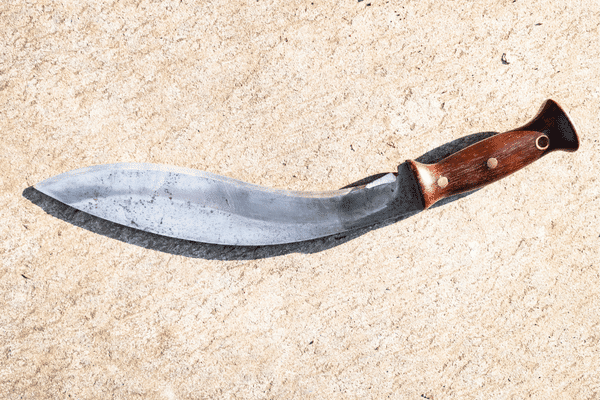The Rich Heritage of Iberian Swords: A Glance into Their Legacy
Introduction
The Iberian Peninsula has long been a region steeped in history and culture, and its legacy extends to the realm of weaponry as well. Iberian swords hold a special place in the annals of history, representing the craftsmanship, skill, and culture of the people who inhabited this vibrant region. In this article, we will delve into the fascinating world of Iberian swords, exploring their significance, characteristics, and the enduring legacy they have left behind.
Historical Significance
The history of Iberian swords dates back to ancient times, encompassing the eras of the Celts, Iberians, Romans, Visigoths, and Moors. These swords played a pivotal role in shaping the region's military history, as well as its interactions with neighboring civilizations. The Celts, for instance, crafted swords with intricate designs, showcasing their artistic flair and metalworking expertise. The Roman influence introduced new techniques, leading to the development of versatile and effective blades that were widely used by the Roman legions.
Distinctive Characteristics
Iberian swords are renowned for their distinctive characteristics that set them apart from other swords of their time. The blades often exhibit a tapering design, with a broader base that gradually narrows towards the tip. This design allowed for both cutting and thrusting motions, making them versatile weapons on the battlefield. The hilt of an Iberian sword commonly featured a prominent pommel and a cross-guard, providing a secure grip for the wielder.
Variety of Styles
Throughout history, Iberian swords have undergone various stylistic transformations, reflecting the cultural influences and technological advancements of their respective periods. From the leaf-shaped blades of the Bronze Age to the more refined and ornate designs of the Visigothic era, Iberian swords showcase a diverse range of styles that mirror the dynamic history of the region.
Enduring Legacy
The legacy of Iberian swords extends beyond their utilitarian function. These swords are artifacts that bridge the gap between the past and the present, offering us a glimpse into the lives, skills, and artistic sensibilities of the people who wielded them. Today, Iberian swords can be found in museums, private collections, and historical reenactments, where their significance is preserved and celebrated.
Conclusion
Iberian swords are more than just weapons they are symbols of history, culture, and the craftsmanship of a bygone era. From the rugged blades of the ancient Celts to the refined swords of the Visigoths, each style tells a story of the people who shaped the Iberian Peninsula's history. By exploring the distinctive characteristics and historical significance of these swords, we gain a deeper appreciation for the rich heritage they represent.
For more insights into historical weaponry and the cultural tapestry of the Iberian Peninsula, visit our website Battlingblades on ancient craftsmanship and the civilizations that have left an indelible mark on the world. Join us in exploring the intricate threads that connect our past to our present.




Comments
Post a Comment